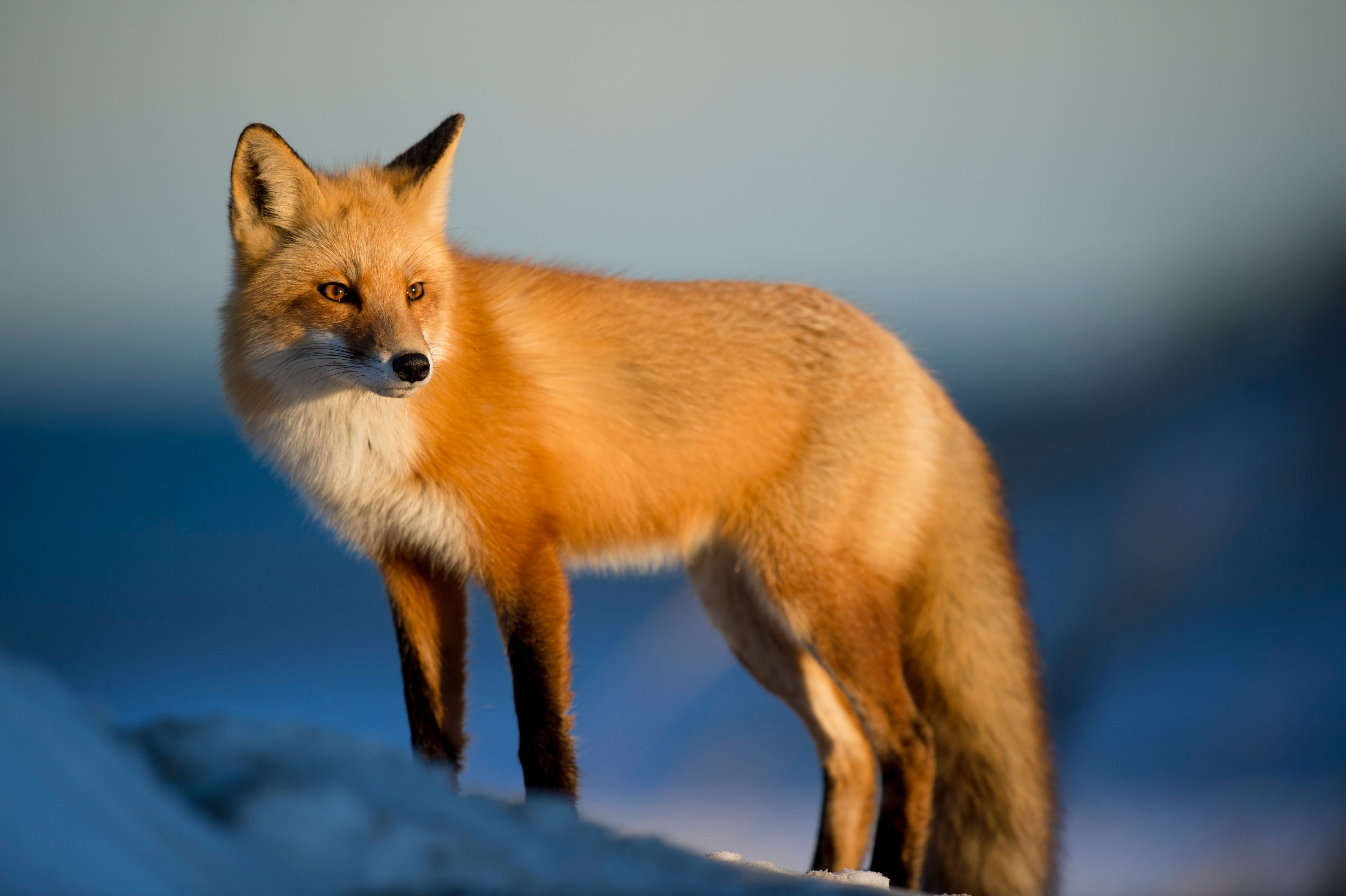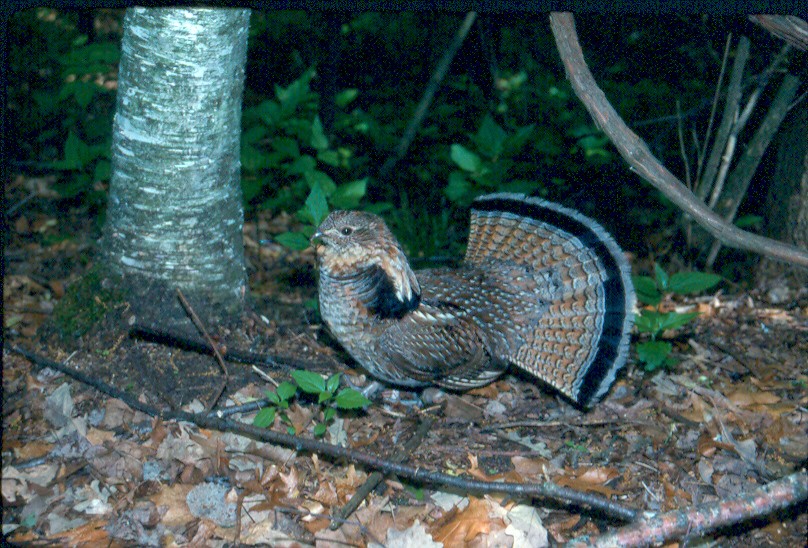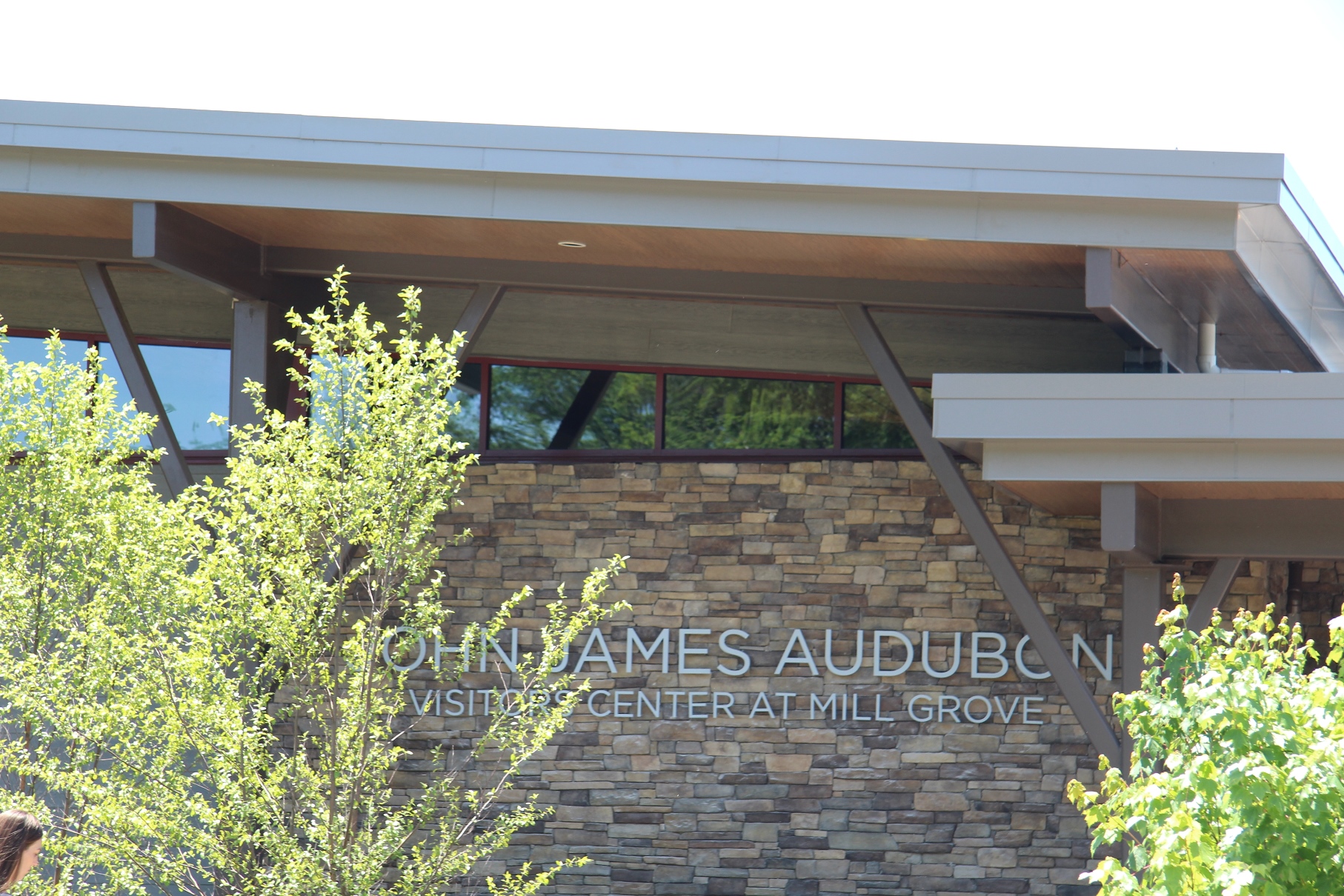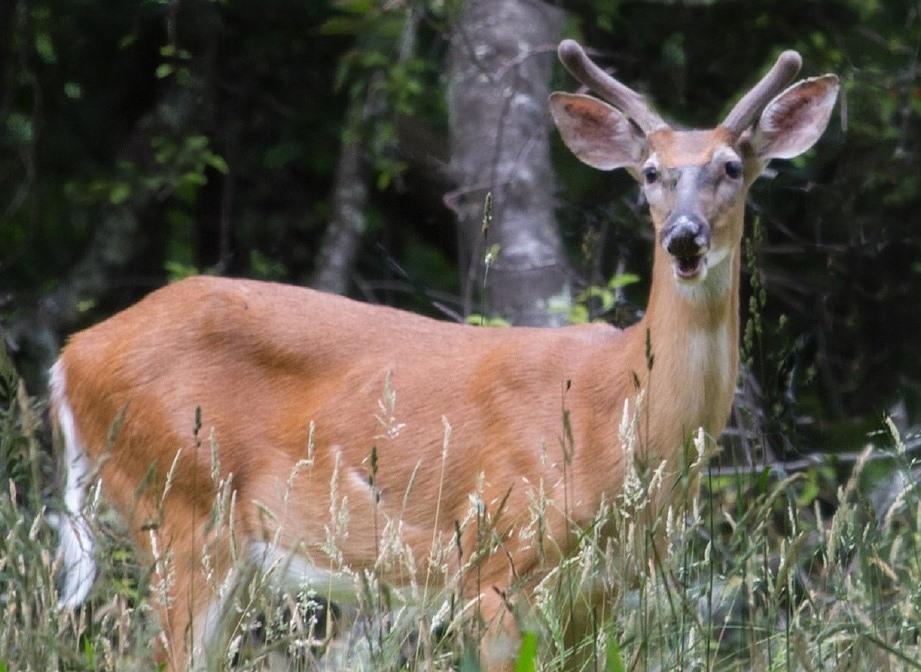Love ‘Em or Hate ‘Em, Every Year, Squirrels Are Appreciated
January 21 is Squirrel Appreciation Day. Whether you love them or hate them, you have to admit they serve an essential role in maintaining the ecosystem. (And, they’re so darn cute.)
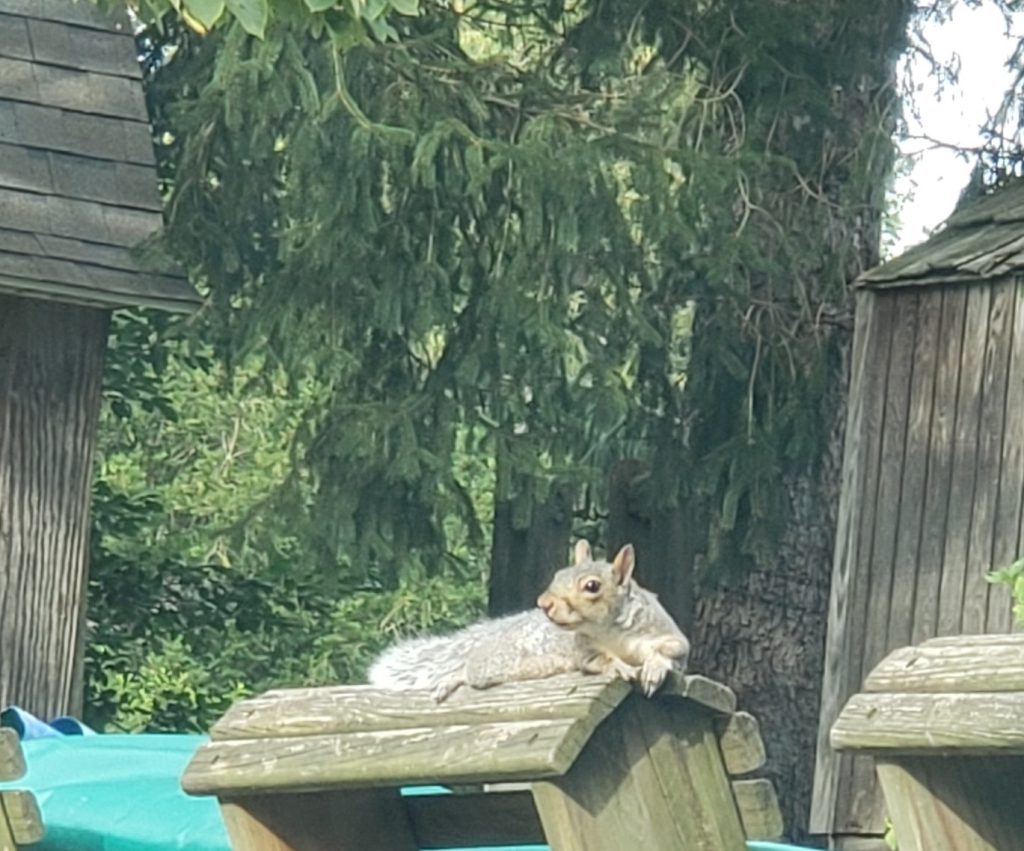
Squirrels are great at engaging humans and it could be debated whether those who interact regularly with humans are the trained or the trainee. They are among the most popular animal species to watch; a quick search reveals an official Squirrel Lovers Club and squirrel watching clubs at UConn and Cornell. Part of the charm of these rodents lies in their fearlessness and curiosity about humans as well as the fact that they are especially vocal. Their repertory of sounds include the chirp, bark, chuck, purr, and chatter. These sounds are sometimes accompanied by rapid changes in posture and tail flicks.
While their diet consists primarily of nuts, they also eat tree flowers and buds, insects, some vegetables and other plants, and bird eggs. Even the casual observer will note that squirrels spend a considerable amount of time collecting and hiding nuts in a method known as “scatter hoarding.” Each squirrel may have one or two preferred caches of food, but they all bury nuts in multiple places. They have been known to engage in the deceptive practice of pretending to bury a nut to throw off would-be thieves, probably due to the fact that they are not beneath helping themselves to food hidden by other squirrels.
One might wonder how they remember all these spots – they don’t need to: Squirrels have an incredible sense of smell that allows them to find nuts, even buried under a foot of snow. However, it’s impossible to retrieve them all. This is possibly the main reason to appreciate squirrels: These unretrieved nuts grow into new trees, making squirrels champion re-foresters.
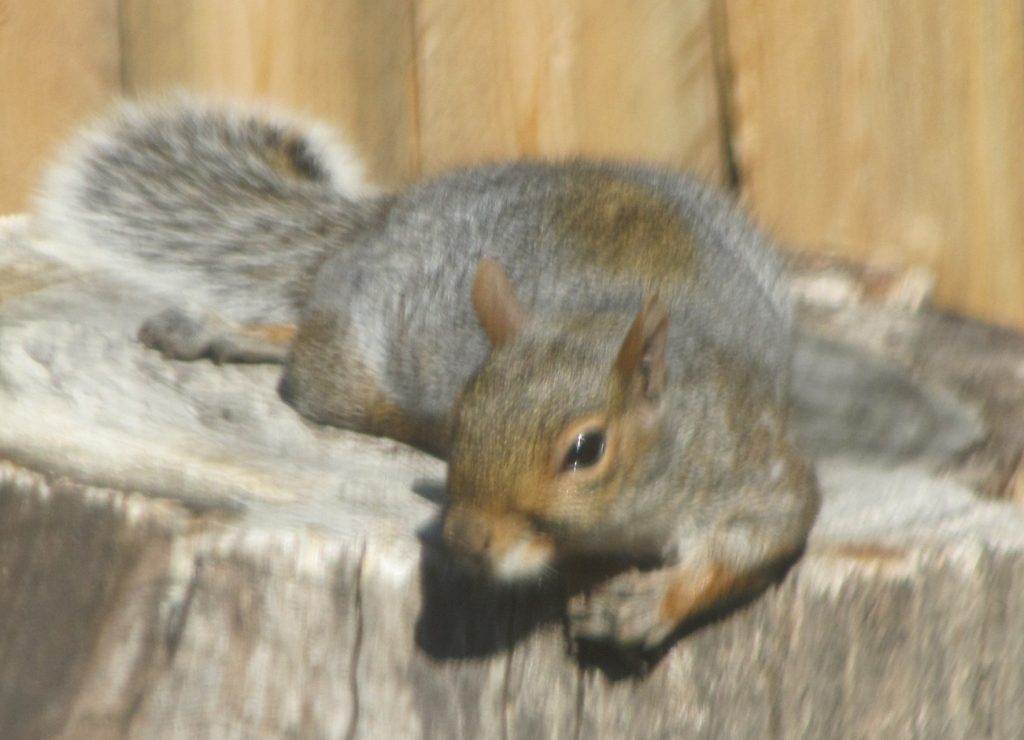
There are 285 species of squirrel in the world; the Eastern Gray Squirrel is the most common species seen in the Northeast. These squirrels are mostly gray, with some white, brown or black fur and have a whitish belly. Some variations do occur: some are more brown than gray, others may also be black or white (though these last two colorations are rare). Their habitat varies from woods, parks, suburbs, to cities – any place mast trees (such as oak, beech, hickory) can be found.
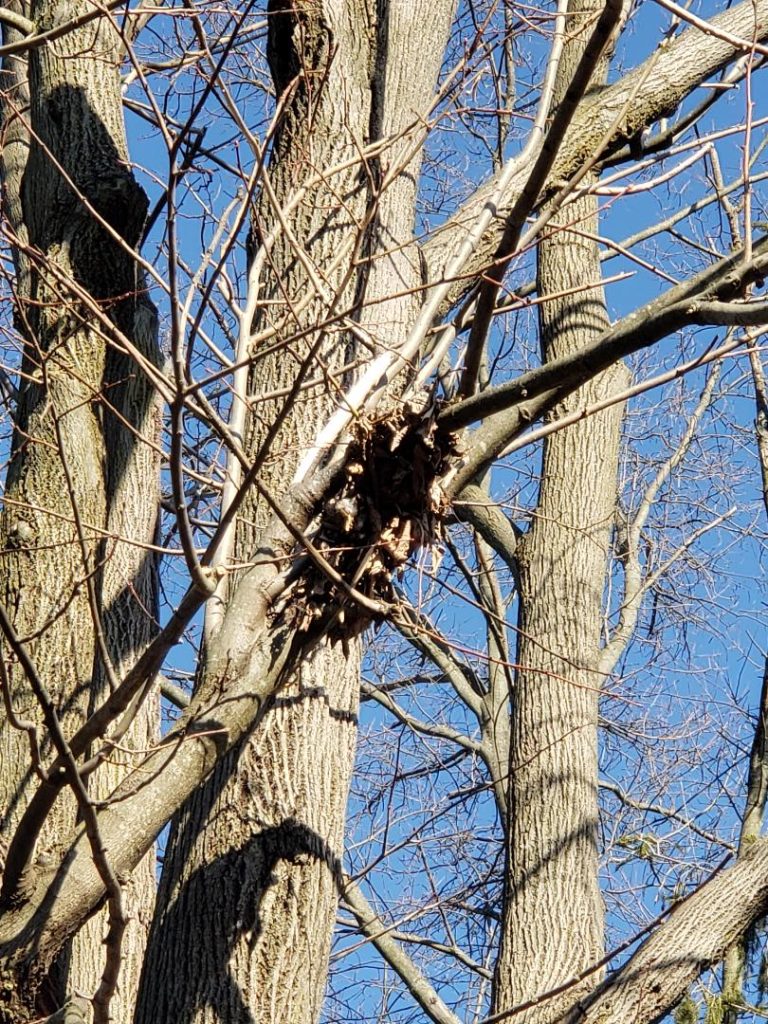
Eastern gray squirrels are part of a subspecies known as tree squirrels and build their nests in the forks of trees or use holes found in healthy, living trees. They build nests from twigs and leaves, and use moss, thistledown and feathers as insulation While leaves often hide nests in the summer, they are easy to spot in winter. Gray squirrels do not hibernate, though they are less active in extreme cold and when it is raining or snowing, choosing to hunker down in their cozy nest (also known as a drey) at those times.
Squirrel bodies are built to climb. Their ankles are double jointed which allows them to turn their feet 180 degrees. This means they can face any direction while climbing up or down a tree trunk and quickly turn to run another direction. They are incredibly agile; they can jump up to twenty feet, sometimes making them appear to “fly” between trees. Their fluffy tails serve as a balance aid and also to slow their descent when jumping from trees.
You are most likely to see their acrobatic acts during mating season, which is generally from December to February and May to June. You will see pairs running through yards, leaping through trees, and twisting as they jump on and off yard structures and outdoor furniture. Males will chase females in estrus (which may last for only for a few hours) but also chase other males away to keep them from mating with the female.
Gray squirrels have two to nine babies per litter (most often only two or three). When born, the babies are about an inch long, with no hair and closed eyes. After about two months they are ready to venture out for a short time. They leave the nest and go out on their own at around 12 weeks (though autumn babies may stay with mom for the winter). According to Penn State, since they have so many natural predators (such as snakes, skunks, and foxes), only 25 percent of young squirrels survive their first year, and very few live more than 7 years.
The need for human intervention is rare
Strong winds sometimes blow apart nests (or determined predators knock them down) and baby squirrels end up on the ground. If you find one, the best course of action is to leave it and keep an eye from a distance – mom will likely come to the rescue. If you come across a truly orphaned squirrel baby, contact a wildlife rehabilitator, such as the Wildlife Clinic at the Schuykill Center to advise you what steps to take.
